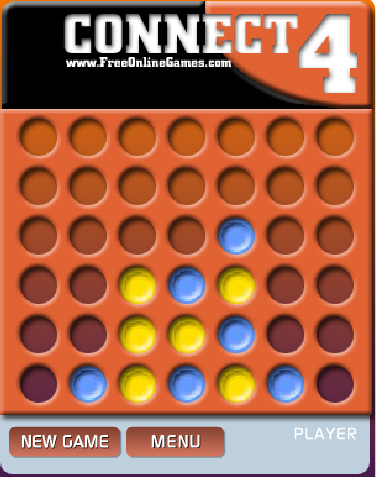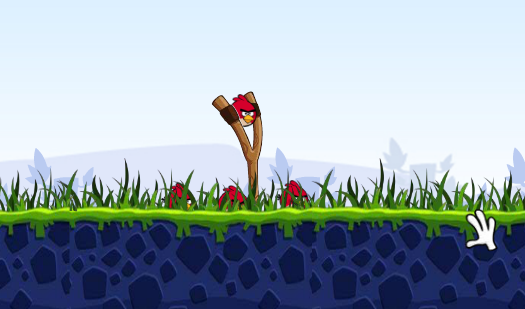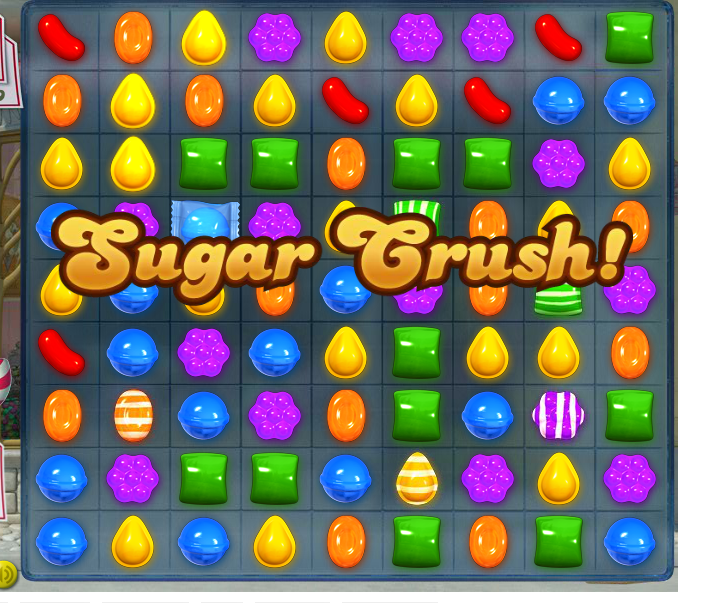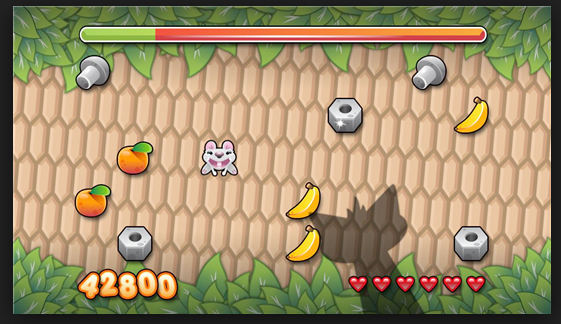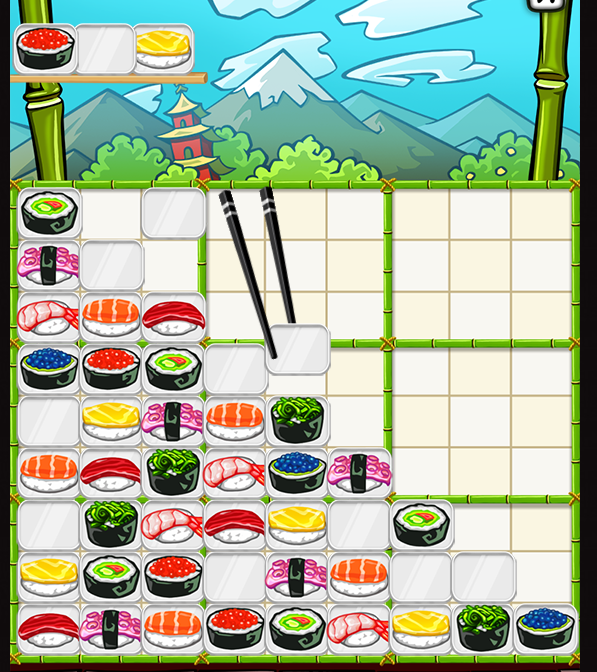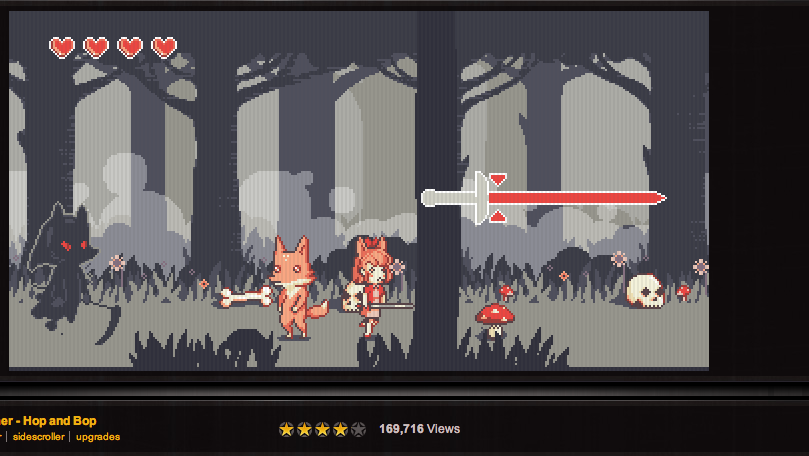From the MDA model what I am most interested in – in conjunction with my previous research – is Submission games. This category is home to those games that mean nothing and require minimum thought yet you can play them for hours even though you’re not sure why you’re still playing. It’s usually a case of, ‘gotta beat my last score’ or ‘I almost got three stars that time, how about this time?’ Popular games in this category are Tetris, Angry Birds, Candy Crush, and of course the most recent, Flappy Bird.
For a lot of these games the purpose is not to win – in fact, in many of them you can’t win – but rather to progress, either improving your own score of simply getting a better score than others. The idea that you don’t have a win at the end (you simply get better and better) is much like the learning process itself. There will always be more to learn, as long as you’re looking for it. Also, what better way to learn a language – or anything else – than to play a mindless improvement game? Whip it out at the bus stop, while you’re waiting for the doctor, when your friends are taking forever to show up. It’s mindless indulgence you don’t have to feel bad about wasting hours on.
I’ve included here a selection of different types of games that fall into this ‘more-ish’ category. Note that many of them are simply ‘updated’ versions of old games, with new visuals and pretty graphics. What I’m most interested in – and what inspired me – is games like ‘Sodoku Sushi’ and to a lessor extent, ‘Taptiles’. These are not simply copies of games that already exist, they are edited and redesigned version of the games they are based on. ‘Sodoku Sushi’ has combined the 9 to a row, column and square rule of Sodoku with dropping tiles Tetris style, making it more exciting and challenging. ‘Taptiles’ takes Mahjong into a 3D world and adds things like scoring systems, bonuses and time limits to keep things exciting. In doing so, they’ve turned the aesthetic of Mahjong into something completely different.
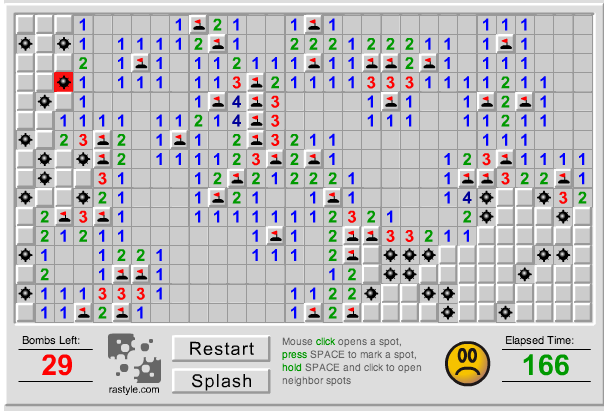
Minesweeper – where the numbers indicate how many squares around the current tile have a bomb in them

Taptiles – an upgraded, 3D version of Mahjong, which is a sllightly more complicated game of ‘match’.
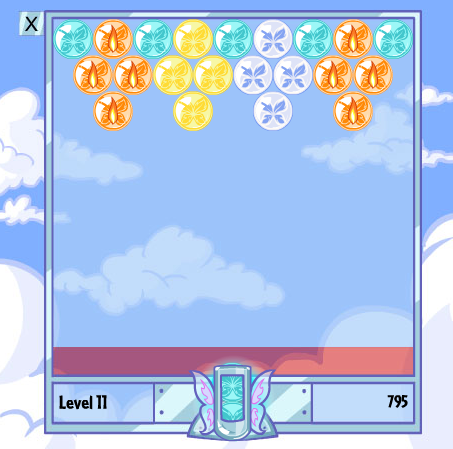
Faerie Bubbles – I can’t remember the original name, but that’s what Neopets calls it. Match three or more bubbles to destroy them. Take too long and the screen starts crushing down on you.

Meerca Chase (Snake). Grow your tail by collecting ‘neggs’ and avoiding the walls, your tail, and the ‘bad neggs’.
